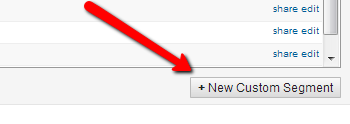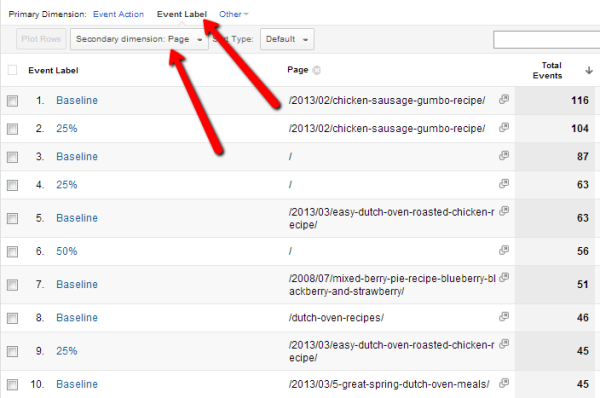Using Advanced Segments & Scroll Depth To Test Content Types In Analytics
Last month, I gave readers some tips on measuring engagement using Google Analytics and WordPress. This month, I want to dig deeper into how you can use content scroll depth to help craft a strategy for your future content curating efforts. Creating a website that attracts visitors via search engine optimization is one part of […]
Last month, I gave readers some tips on measuring engagement using Google Analytics and WordPress. This month, I want to dig deeper into how you can use content scroll depth to help craft a strategy for your future content curating efforts.
Creating a website that attracts visitors via search engine optimization is one part of the equation; engaging the users to read your content, search and come back for more is another facet of online marketing. As I explained last week, I do think how well people engage with your content may be, or may become, a type of ranking factor. It would at least be a relevancy metric that Google might use. Engaging readers just makes sense, not only from a Search point of view, but from a business point of view.
I track scroll depth using a WordPress plugin called the Google Analytics Suite and have found the information to be pretty valuable. If you don’t use WordPress, check out the advice given in last month’s article, How to Measure Content Engagement and Effectiveness with Analytics & WordPress and implement Justin Cutroni’s method on your website.
Insert “Clues” In Your URLs
I recommend using “clues” in your URLs to help you test content. I’m sure there are other ways you can do this, but this is my favorite way – and it helps me remember to describe what a page is about very carefully. For example, for my cooking website I use the clues “Recipe” “How to” and “Infographic” to help me determine which kinds of content are popular with readers.
Note: I do not recommend going back and changing URLs, that’s not a good idea, but as you move forward start adding a clue in the URL as to what kind of content is contained within the post/page.
Once you have started to add enough clues to your URLs to gather a representative sample set of scroll data, you can then start digging in and seeing what types of content engage your users to scroll, and which types don’t necessarily instill scrolling confidence. The first thing I do is look at the base ‘Scroll Depth’ data under events.
Once there, I look at the “Event Label” view to see the following
Now that I have the scroll depth data, I’m ready to build the custom segment. This will use our URL “clues” to show sets of data by scroll depth. To build an advanced segment click on “Advanced Segments” and “Create New Advanced Segment”
Create a new custom segment that includes “or” statements for your “clues.” It will look something like this
Name & save your advanced segment – I like to name mine something easy to understand. Something like “content effectiveness test” so I can find it easily. Your data will now show your test URLs compared to your scroll depth data. Make sure you’re looking at Event Label and add the secondary dimension for the page URL. Your final report will look like this.
We can then filter by event label if you’d like. What I can see from this data is that most popular posts do not get more than a 25% scroll rate. This means we need to tweak content on these pages to encourage more engagement.
Ideas For Increasing Engagement
My previous article mentioned one way (falsely, in my opinion) to increase engagement is to use pagination. This will inflate page views, and I believe it’s a false way to measure engagement. As a user it seems counter intuitive to have to keep clicking to “page 2” to get the content (or the rest of the content) I want. Why didn’t I just land on page 2 in the first place?
Here are some user-friendly tips I came up with for encouraging engagement with your content – I’d love to hear your ideas in the comments as well!
- Use better graphics. Great photos tell a story, much like the words on the page. If you use better graphics that encourage a reader to continue to engage with the story, you can increase scroll depth.
- For my recipe posts, I’m thinking of doing more photo tutorials that show pictures of the recipe preparation step by step to encourage more scrolling – and deliver the printable recipe at the bottom. You could add more photos to any type of post. This could pull the reader down the page to “see what’s next.”
- You could also use more bulleted text to encourage skimming down the page.
- Bold main ideas in each paragraph – this encourages the reader to keep going to get all of the main points quickly and easily.
- Train your readers to expect something “tasty” at the end of a page or post. I like the idea of delivering 1 or 2 action items at the end of each post that encourages them to see it through to the end to get the “reward” for reading.
- Write shorter posts. Can you say what you need to say in 400 words instead of 800? If you can, and you can get your point across, why not? You could split your idea in to two posts and create twice as many pages for your website.
Opinions expressed in this article are those of the guest author and not necessarily Search Engine Land. Staff authors are listed here.
Related stories





